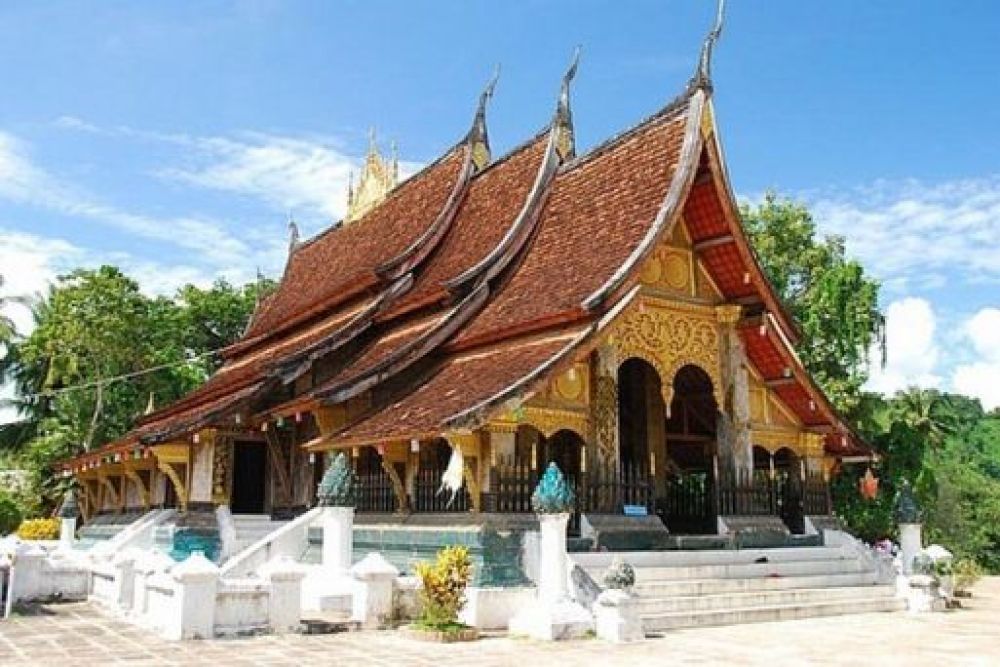

Located in the heart of Savannakhet, one of Laos' most historically rich provinces, Wat Xayaphoum stands as a significant center of Buddhist worship and Lao culture. Its roots trace back to the 16th century, making it a living piece of history and a key attraction for those visiting the region. Despite its ancient origins, tourism in Savannakhet, and particularly at Wat Xayaphoum, has been a relatively gradual development, escalating with Laos’ increasing openness and efforts to promote its cultural and natural heritage.
In the early days, Savannakhet received few tourists, primarily adventurous travelers and those with a strong interest in Buddhism and Lao culture. The local government, recognizing the potential for tourism to contribute to economic growth, began investing in infrastructure and promoting the province's attractions, with Wat Xayaphoum as a centerpiece due to its architectural beauty and religious significance.
As Laos relaxed its travel restrictions and improved accessibility, tourism in Savannakhet steadily increased. Wat Xayaphoum benefited from this, as it remains an essential site for religious festivals and a repository of Lao art, history, and spirituality. Efforts have been made to conserve the temple’s unique structure, murals, and sculptures, heightening its appeal to both domestic and international tourists.
In recent years, the latest trend in tourism at Wat Xayaphoum and Savannakhet has centered on eco-tourism and cultural authenticity. Visitors are looking to engage with the local community, understand their traditions, and experience the serene way of life. Homestays, cultural workshops, and community-based tourism are on the rise, offering a sustainable approach to discovering the region's treasures.
Another significant trend is the increase in heritage tourism. Tourists are keen to explore the historical and cultural sites of Savannakhet, with Wat Xayaphoum being a prime example of Lao architectural and religious heritage. The temple’s preservation efforts have allowed visitors to gain insights into the spiritual and artistic traditions that are central to Lao identity.
The future of tourism at Wat Xayaphoum looks to balance conservation with accessibility. Plans for further development take into account the need to preserve the temple's ambiance and spiritual significance, while accommodating an increasing number of visitors seeking knowledge and enlightenment from this sacred site.
Moreover, with the global tourism industry gravitating towards more responsible travel practices, Wat Xayaphoum is poised to establish itself as a model for sustainability, intertwining the conservation of cultural heritage with the benefits of tourism-driven economic development.
Today, visitors to Wat Xayaphoum can enjoy not only the temple’s historical aspects but also the peaceful atmosphere that pervades its grounds. Tourists can observe the daily rituals of the monks, participate in guided meditation sessions, and explore the intricate artwork that adorns the temple walls.
As a destination expert, it's important to advise travelers to respect the religious nature of Wat Xayaphoum, dress modestly, and maintain the sanctity of the site during their visit. Engaging with the local community responsibly and leaving a minimal environmental footprint will ensure the preservation of this beautiful heritage site for generations to come.